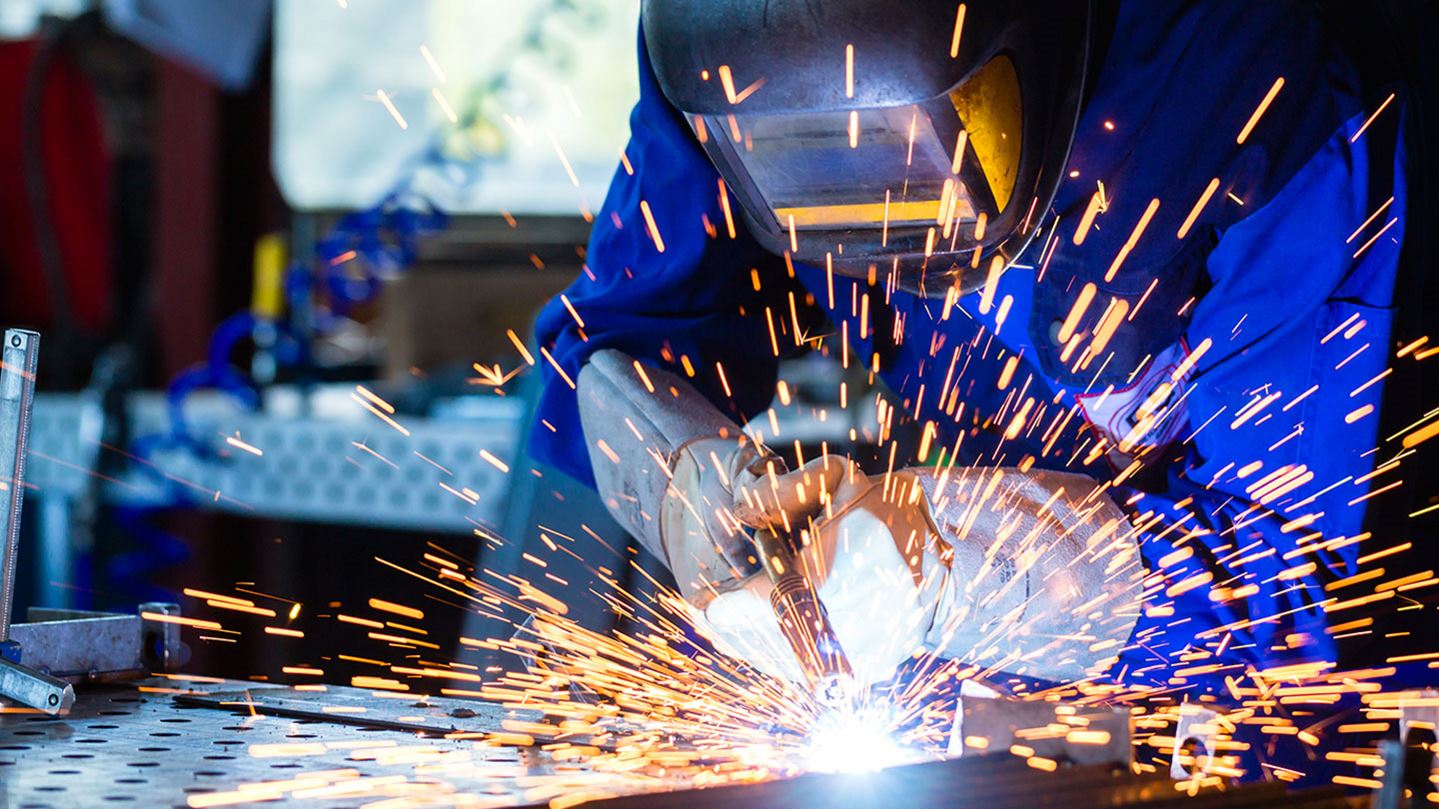Spatter is made up of many thousands of droplets of molten filler metal that escape from the weld pool and are scattered around the work area during welding. These small, round balls of molten metal can fall on the welder, workpiece, the floor and surrounds. Sometimes they stick and are difficult to remove, sometimes they cool and form tiny balls of metal. It is not possible to completely eliminate spatter from a MIG/MAG welding process. However, the objective should be to reduce as much as possible. The following article briefly explains how spatter occurs, how to remove or prevent it, and explores the hidden costs that spatter creates
There are various potential causes of spatter
- Incorrect welding parameter; arc voltage, wire feed speed, welding current, stick-out, shielding gas flow rate and torch angle all need to be optimised.
- Poor base material surface conditions; joint faces and the weld area need to be clean and free from contamination such as oil, paint, scale and rust.
- Use of welding equipment in poor working order.
- Sub-optimal shielding gas selection; for instance, when MAG welding carbon steel, argon/carbon dioxide mixtures generate more spatter than argon/carbon dioxide/oxygen gas mixtures such as one of the Ferromaxx® gases from Air Products.
Eliminating spatter
Spatter can be removed either using hand tools (such as a grinder or chisel) or via a chemical process. In some instances, anti-spatter wipes can be applied to the workpiece, prior to welding, to ease the removal of spatter. However, any method to remove spatter will require some manual input.
From a visual perspective, it is well understood why it is undesirable to have spatter on the workpiece, as it negatively impacts the finish of the product. Due to the uneven surface and poor adhesion of the spatter, paint finishes will have imperfections and offer poor protection. This, in turn, can shorten the life cycle of the final product.
However, there are several other key reasons to eliminate spatter that are sometimes overlooked. These are all cost-related.
- Spatter is a waste of wire. On the face of it a reduction in spatter on a weld may seem insignificant and not worth the effort to resolve. However, filler wire is expensive, and the melting of spatter uses valuable electricity, up to 20% of filler wire can be wasted in spatter if not controlled properly. In addition, spatter can stick to gas nozzles and contact tips blocking the flow of gas and causing porosity.
- Spatter increases material costs. Anti-spatter, grinding wheels, chemicals, power – the more spatter there is to remove, the more these costs increase.
- Spatter incurs labour costs to remove. This is lost production time. Welders are skilled labour. Any time spent removing spatter is time that could have been spent in a more productive way.
There is a compelling case to minimise spatter. Air Products can work with you to achieve this goal. All our Maxx® weld process gases have been designed to minimise spatter, saving you time and money. Our welding application specialists can work with you to choose the correct gas for your process and optimise your welding set-up.
